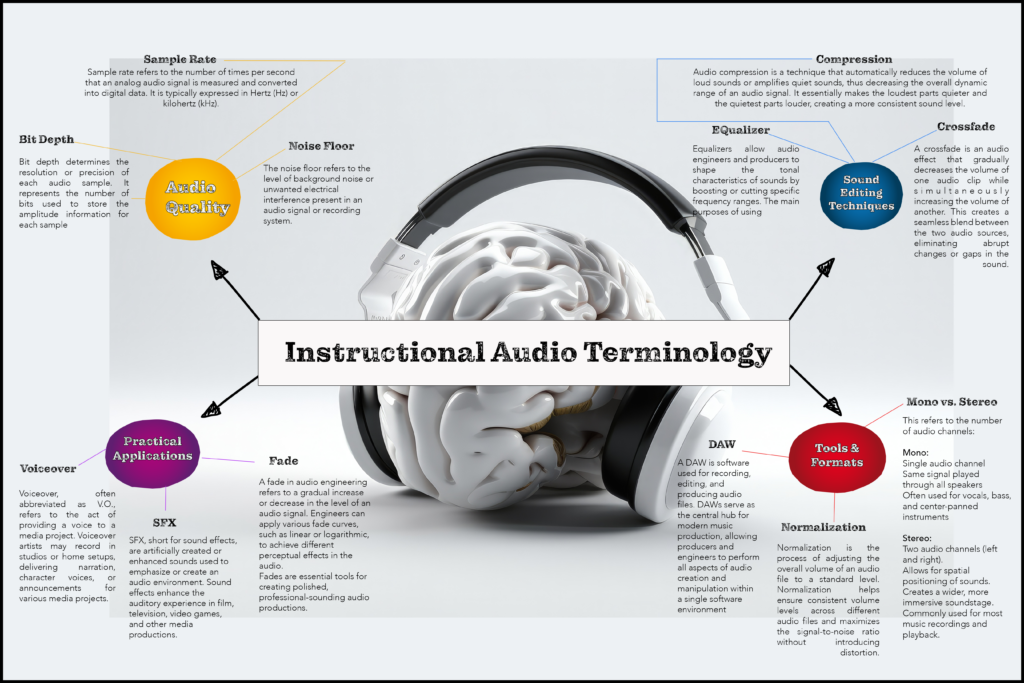L.MICHAEL
SMITH
As an Instructional Design and Technology professional with over 13 years of experience in higher education, I specialize in creating engaging, WCAG 2.1-compliant learning experiences. I leverage instructional models (ADDIE, Kirkpatrick, Gagné) and project management to enhance user outcomes and support institutional goals. I am a valuable partner for organizations aiming to improve their educational technology and design.

Motivated Team Player
Detail-Oriented Technology Leader
13 years of higher education experience wit operational expertise in IT infrastructure management.
Skilled in Instructional Design Principles
Instructional Design Models: ADDIE, Merrill’s First Principles of Instruction, Kirkpatrick’s Four Levels, Gagne’s Nine Events of Instruction
Trending Technologies
Skilled in creating engaging learning experiences, implementing educational technologies, and optimizing training processes.
Experience Education With Technology
2-Minute Instructional Video
Adobe Premier | Story Telling | Film-making
2024
Creating Modules in Canvas
Canvas LMS | Screen Flow
2024
Audio Engineering Info Graphic
Adobe Photoshop | Adobe Stock
2024

Audible Syllabus Project for Duke University
Adobe Audition | Adobe Firefly | Screen Flow
2024
1. Task-centered approach
Learning is facilitated when learners apply it to real-world problems. Real-world associations are needed for a learner to find meaning in their learning. Using real-world examples from the learner’s life, from their peers, and from the wider community makes the subject more relevant to the learner.
2. Activation
Learning is facilitated when learners are able to connect current learning with previous learning. When prior learning is overlooked, learners are liable to quickly forget the new concepts the teacher is introducing them to. It is vital that previous knowledge is taken into account and for new learning to be attached to and built on what is already known.
3. Demonstration (show me)
Learning is facilitated when learners see a practical demonstration of learning to solve the problem. A demonstration, according to Merrill, has two levels: Information and portrayal. It’s important to ensure there are plenty of portrayal demonstrations during lessons to show learners how to use the new information.
4. Application (let me)
Learning is facilitated when learners can use new information in a meaningful way, straight away. Using practical applications to solve real-world problems makes learning meaningful and increases the chance of retention. Real, practical, situational application of new learning across several lessons will assist learners in creating meaningful engagement with new learning.
5. Integration
Learning is facilitated when learners are able to actively interact with what they have learned through discussion, debate and presentation. The learner needs to take new learning and fit this into their existing schema so that they can continue to apply this knowledge into the future, and build on it.Finding relevance, application of learning, and critical evaluation provide the learner with opportunities to engage with the learning in different ways.
Empowering Brands Through Design
Multimedia Production
Basic video editing, screen capture, audio engineering, and
A.I. video production and Video editing
Audio Production and Mastering
Graphic Design
E-Learning Development
I bring your designs to life with clean, efficient, and high-performing code.
Adobe Captivate
Canvas LMS
H5P Interactive
Brand Identity
Building a strong brand identity is essential for standing out in a crowded market.
Logo Design
Cohesive Color Palettes
Brand Guidelines
12+
Years of Experience
Decades of experience in delivering exceptional projects in Higher Education.
50+
Team Members Trained
Decades of experience in delivering exceptional projects.
98%
Client Satisfaction
I build long-term partnerships through proven results.
